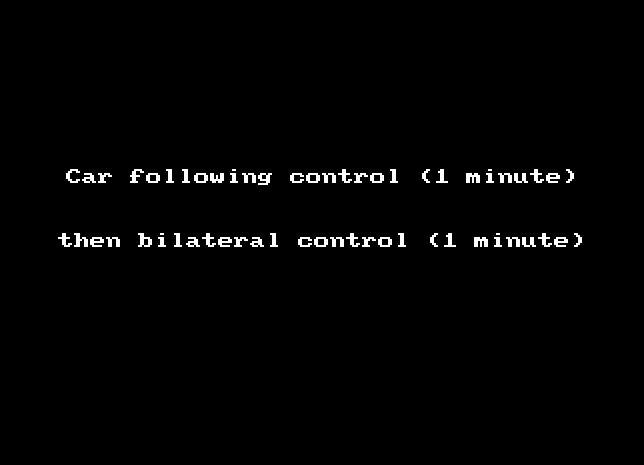Way back in the dawn of time, April 2003, I first considered Caravans:
I thought about this a bit on my drive home, in traffic. I was trying to think, what could I do, by myself in my car, to make traffic move along faster. I think the best thing you can do is tailgate as closely as possible, without actually risking hitting the car in front of you, and track your accelerations and braking as closely as possible to the car in front of you. A virtual towing rig, essentially. This minimizes the space your vehicle uses on the road, minimizes air resistance, and maximizes your speed for the cars behind you (by yourself, you can't do anything to speed up the car in front of you).
I've discussed this with a few friends, and they all have the same reaction. Paraphrasing, their reaction is "when I get in traffic, I just relax and slow down, and try to drive along smoothly without tailgating". This is what I do, too. I don't want to get too close, because then I have to pay attention, and do a lot of stopping and starting. But this strategy minimizes traffic efficiency! It allows large gaps to open in front of you, "wasting" freeway space, and all the cars behind you can go no faster than you are going, regardless of the speed at which the cars ahead of you are traveling.
Okay, so what if you built a feature on a car that automatically kept you as close as "safe" to the car in front of you?
This generated a lot of discussion at the time, and occaisionally still does. I came back to it a few months later, as a traffic school teacher commited the caravan fallacy, and then two years after that, as cars began to have adaptive cruise control and the technology became a reality. Quite a few cars have this now, but it is positioned as a safety feature and a convenience, not as a way to speed along traffic.
So now an MIT professor has discovered my thesis: "an algorithm he says can work in conjunction with rangefinders and adaptive cruise control systems to keep cars moving at the ideal speeds to limit traffic jams."

I love it, and I'm not proud; I just want this yesterday. Every time I'm caught in bumper-to-bumper traffic I reflect on the fact that it isn't truly bumper-to-bumper, and it it were, everyone would be moving faster!
PS of all the amazing new technologies piled into the Tesla Model S, it is disappointing that they didn't add this one. I guess there was the hardware cost of the radar, and the time cost of getting the algorithms to work. Maybe in the Model X?
| 



